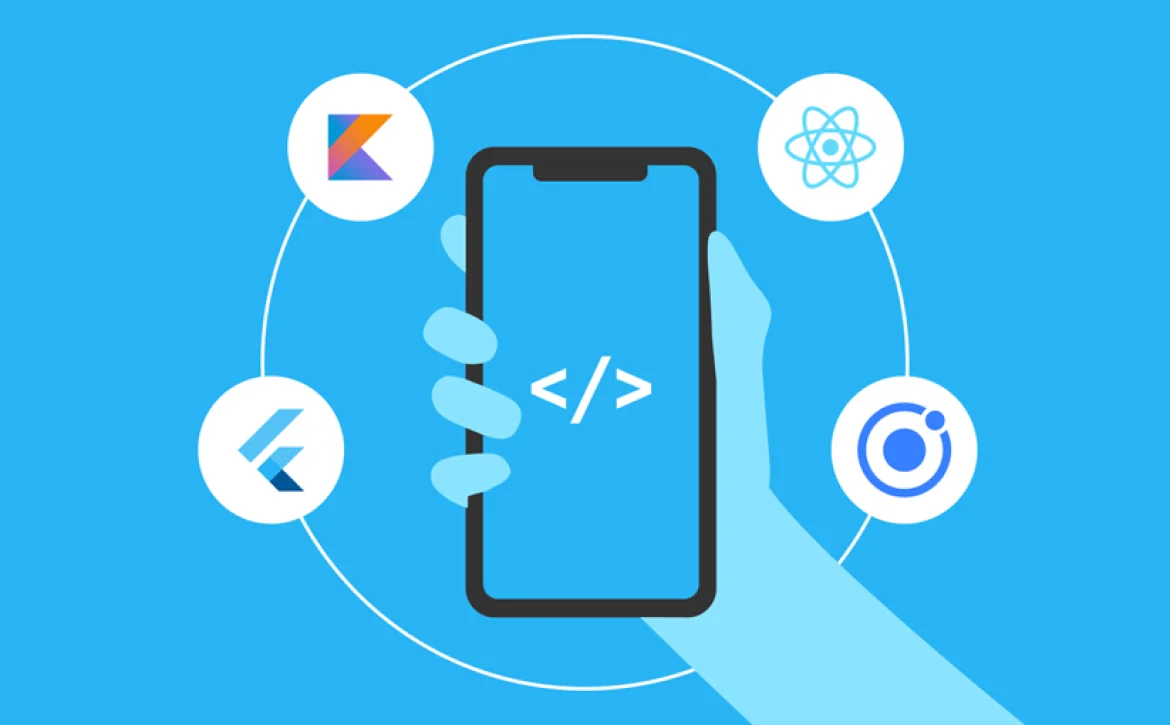Guide to Choosing the Right Marketing Strategy Consultant in 2025
Let’s face it, figuring out the intricate world of marketing can be like attempting to solve a Rubik’s Cube while wearing a blindfold. You’ve poured your heart, sweat, and more than a few sleepless nights into your brand. Yet, something isn’t clicking. Perhaps your latest campaign fizzled out, or your competitors are leaving you in the dust, and you can’t quite pinpoint why. You ask yourself: Do I need a marketing strategy consultant? Picture this: someone who steps into your business with a fresh pair of eyes, sees the hidden opportunities you’ve overlooked, and literally sparks ideas that turn into measurable growth. That’s your consultant, your secret weapon. While it may sound like magic, it’s really a blend of strategic thinking, creative insight, and an arsenal of effective marketing tools.
And in 2025, where consumer behavior is constantly shifting and AI-powered tools are evolving, choosing the right marketing strategies consultant is more crucial than ever. This guide isn’t just another checklist. It’s a human-centric roadmap crafted for entrepreneurs, small-to-midsize business owners, and even corporate marketers who refuse to settle. We’ll walk through the real costs yes, including the question everyone’s asking: marketing strategies consultant salary, the certifications that matter (the marketing strategies consultant certification), key courses to boost your confidence (your go-to marketing strategies consultant course), what careers in this field look like (marketing strategies consultant jobs), how to become one if you’d like to dive in (how to become a marketing strategies consultant), and the full menu of services you should expect (marketing consulting services list).
1. Marketing Strategy Consultant: Understanding the Role and Importance
A marketing strategies consultant is not just a hired hand; they’re your strategic partner. They analyze your market, define your audience, design customer journeys, evaluate your current marketing mix, and recommend data-driven tactics. In 2025, in a world shaped by AI, personalization, and omnichannel experiences, this role is mission-critical. Offerings vary from campaign audits and brand positioning to full marketing roadmaps and analytics implementation.
2. What Influences Marketing Strategy Consultant Salary
- Experience & track record: Proven success = premium. A junior consultant might start at your local job market average, while seasoned professionals commanding marketing strategies consultant salary in the six figures are not uncommon, especially in bustling economies or creative verticals.
- Specializations & industries: Niche expertise (e.g., AI-powered marketing, e-commerce, tech startups) can drastically increase earning potential.
- Engagement type: One-time audit vs. long-term retainer affects compensation structure project rates, hourly, or monthly retainer.
3. Marketing Strategy Consultant Certification: Does It Matter?
Certainly, it helps but real-world results weigh more. Certifications to check out:
- Salesforce Marketing Cloud Consultant – Ideal for consultants working with Salesforce-powered campaigns.
- HubSpot Content & Inbound Marketing – Signals expertise in inbound strategies.
- Google Analytics / Ads Certifications – Must-haves if data-driven marketing is your interest.
- Digital Marketing Institute (DMI) Certifications – Well-rounded credentials for modern consultants.
While certification adds credibility and structure, analyzing their portfolio past results reveal whether they can execute.
4. Marketing Strategy Consultant Course: Upskilling Opportunities
If you’re testing the waters or already in the game, consider advanced marketing strategies consultant course options:
- Coursera’s Strategic Management and Innovation Specialization – Accessible yet thorough.
- LinkedIn Learning’s Agency-Side Marketing Strategy – Short format, action-oriented, agency-style perspective.
When hiring a consultant, ask about their ongoing education. Agency budgets for continuous upskilling = adaptability to latest trends.
5. Marketing Strategy Consultant Jobs: What to Expect
A typical consultant wears many hats; here’s a snapshot of what marketing strategies consultant jobs look like:
| Task | Description |
| Market research & audience segmentation | Develop buyer personas and map journeys. |
| Competitive audits | Identify your edge and uncover what competitors are missing. |
| Channel strategy | Determine which digital or offline channels align with your goals. |
| Messaging & positioning | Craft truly resonant brand stories. |
| Campaign planning | Plan full-funnel, ROI-driven campaigns. |
| Analytics & measurement | Track KPIs CPL, CAC, LTV and optimize in real time. |
They might work solo, as part of small firms, or within bigger consultancies.
6. How to Become a Marketing Strategies Consultant
Here’s a human-centered approach to building a fulfilling career:
- Earn foundational credentials – Marketing degree + certifications (Google, HubSpot).
- Gain diverse experience – Work across industries: in-house, agency-side, freelance gigs.
- Build a portfolio – Case studies, performance metrics, testimonials.
- Refine your niche – Are you an AI-savvy growth hacker? E-commerce specialist? Define it.
- Stay current – Join masterclasses, attend conferences, explore bleeding-edge tech.
- Network & visibility – Speaking gigs, LinkedIn content, collaborations all elevate presence.
7. Marketing Consulting Services List: What Should They Offer?
A top-tier consultant should provide a comprehensive suite, including:
- Strategic audits & competitive analysis
- Customer persona development
- Brand positioning & messaging frameworks
- Campaign design & optimization
- Marketing tech stack recommendations
- Analytics setup & reporting
- Workshops & internal training sessions
- Ongoing retainer support with iterative refinement
8. Choosing the Right Consultant: Step-by-Step
- Define scope & goals clearly – e.g., “Increase lead volume by 30% in Q3.”
- Request proposals with case studies & clear KPIs
- Evaluate process transparency – Will they own execution, or just consult?
- Plan for long-term value – Not just quick wins sustainable growth.
9. Common Mistakes to Avoid
- Hiring someone based solely on cheap rates.
- Overlooking specialization in your niche.
- Focusing only on certifications, ignoring results.
- Lacking clear KPIs or deadlines.
10. Final Tips for 2025
- Demand transparency, shared dashboards, weekly progress reports.
- Don’t just hire, they should inspire your team and elevate your internal capabilities.
To sum up, finding a marketing strategy consultant in 2025 is not just about hiring someone, it’s about forging a partnership that sparks strategic growth, creativity, and measurable impact. Whether you’re vetting credentials like marketing strategies consultant certification, exploring marketing strategies consultant course options, or planning a lucrative path in marketing strategies consultant jobs, this guide equips you with the insight to make smart, confident decisions. By focusing on real-world results, cultural alignment, and forward-thinking expertise, you can invest in a consultant who doesn’t just talk strategy; they execute it, adapt it, and deliver it. Now it’s your turn: take this checklist, interview wisely, and choose the consultant who feels like an extension of your vision.











